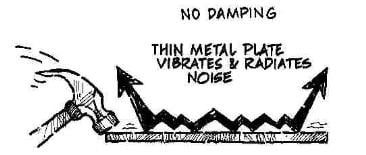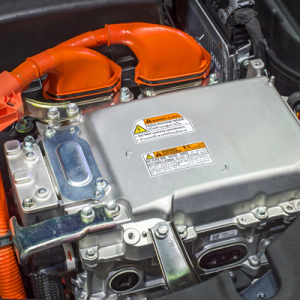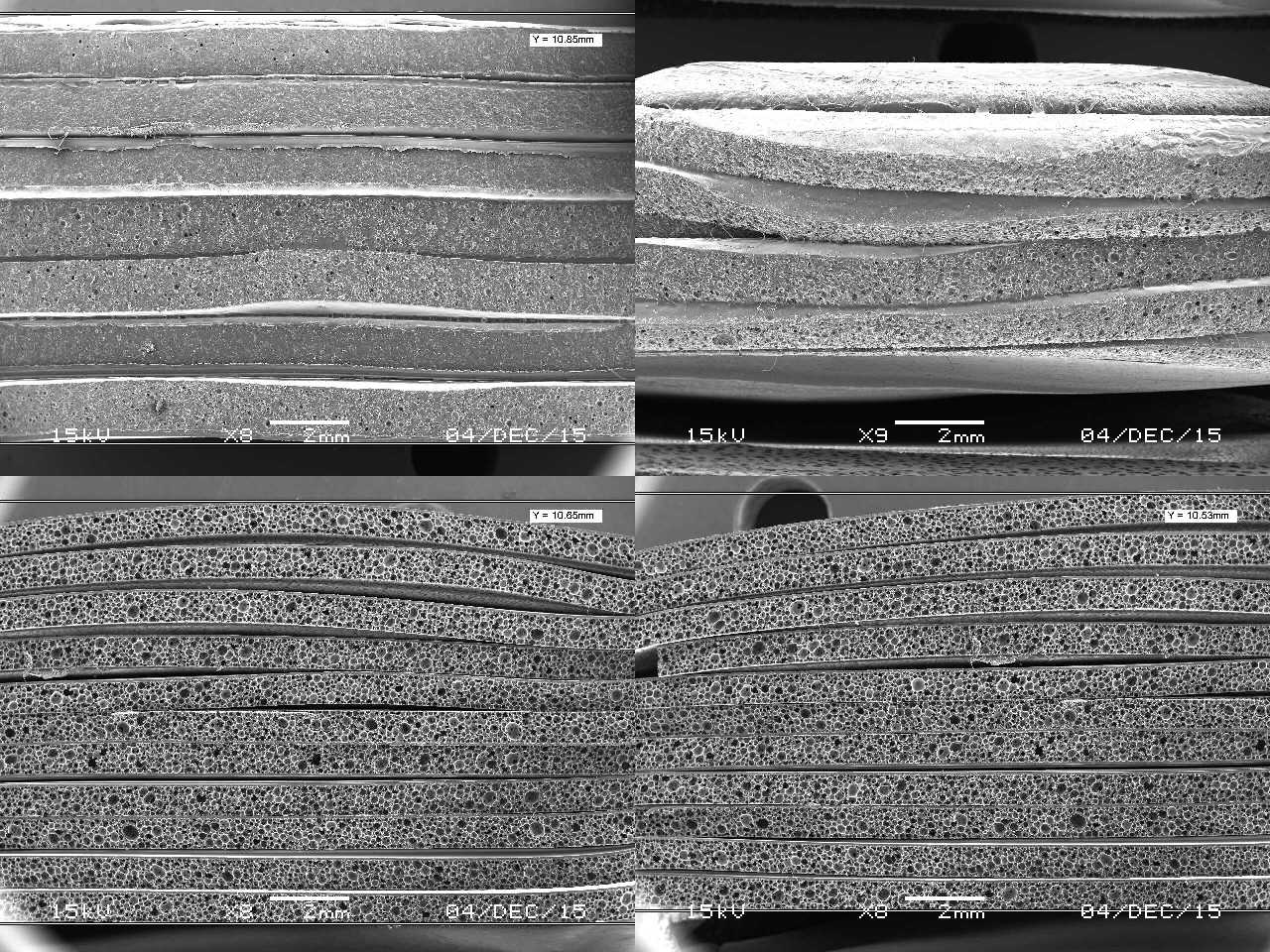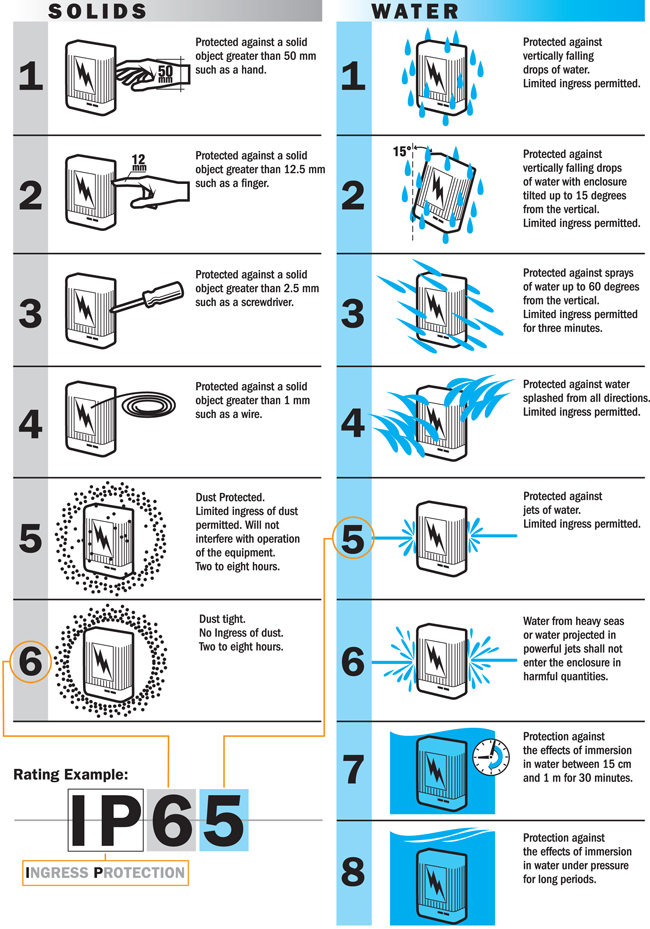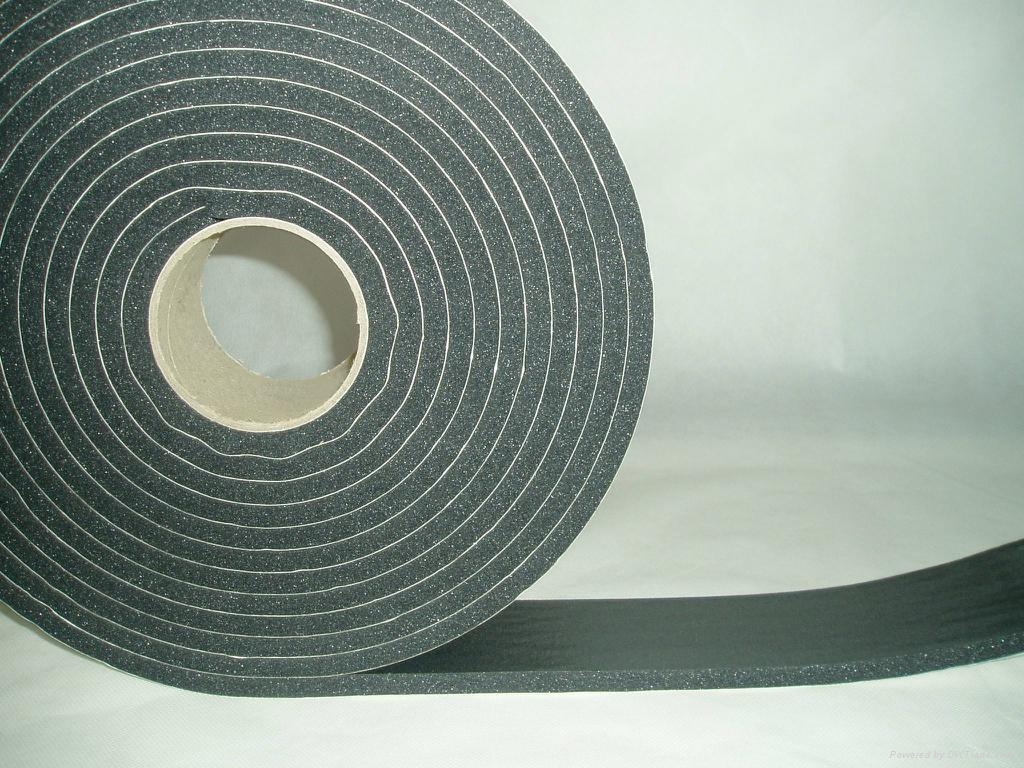Just about everything that has been engineered is likely to experience vibration. Unfortunately, it has been proven that vibration can be responsible for causing extreme damage to some applications. The source of vibration can come from impact, internal motors or external sources.
Die-Cut Solutions for Vibration Control: Damping vs Isolation
Posted by Katie Sullivan
March 15, 2017 11:37 AM
Thermal Resistivity & Thermal Conductivity of Silicone Foam
Posted by Katie Sullivan
January 27, 2017 10:13 AM
Video Demo: Thermal Resistivity and Conductivity of Silicone Foam
Thermal resistivity and thermal conductivity can be two very important physical features of foam materials for certain applications. Most devices containing electronic components must be designed to deal with heat in one way or another. Electronic circuitry operates most reliably at lower temperatures. High operating temperatures decrease the service life of the device or module. It is critical for designs to either conduct or isolate heat away from delicate components to ensure ideal operating temperatures.
Topics: Thermal Management, Foams, BISCO Silicone
When choosing a foam for a product design, one feature that should be considered is the compression set resistance of the foam. C-Set is one of the most important characteristics to consider, and this blog post answers three basic questions to explain why.
Topics: Foams, BISCO Silicone, PORON, compression set resistance, Elastomers
Die-cut Components for Medical Devices
We believe that true stories can tell you more than any marketing materials that we create. That is why we are sharing two new case studies in this blog post. Both case studies explore die-cut solutions that Marian provided to medical device companies. Quality and reliability are critical in this industry. Additionally, assembly efficiency and cost savings are important to the success of the business. In these case studies, you will see that Marian is well equipped and prepared to meet the stringent requirements demanded by the medical device industry. Enjoy!
Topics: Foams, PORON, medical device
Imagine going 65 mph in your vehicle while on a road trip. The road you are driving on is old, so your vehicle bobs up and down the many dips and divots, your speakers are loud and are causing your rearview mirror to vibrate, making it hard to see, and your moon roof has a roaring noise sneaking through the cracks.
These foul disturbances are examples of NVH, also known as Noise Vibration Harshness.
Topics: Foams, BISCO Silicone, PORON
Marian sales engineers are experts in designing high quality parts for any small, complex applications. Below, you will find links to two of our newest success stories that highlight laminated foam materials in two very different markets (LED lighting and automotive). In both stories, you will find that Marian's team of experts worked closely with customers to design a unique part and provided exceptional material recommendations to create a winning solution. Sales engineers must be strategic in choosing materials to ensure that they meet all requirements of the design.
Topics: Pressure Sensitive Adhesive, Foams
Compression Force Deflection Demonstration of PORON and BISCO Foams
Posted by Katie Sullivan
July 7, 2016 8:30 AM
Marian has a brand-new demonstration piece to share with the world! Strategically named "Test My Memory," the demo illustrates the impact of compression cycling over time with 4 different foams. Neoprene, Polyethelyne, PORON Urethane, and BISCO Silicone are tested by being compressed for 48 hours.
Foam Material Compression
In the demonstration, you will see that certain foams depreciate as they take on impact over time, whereas other foams resist the compression set by returning to their original thickness. The material characteristic of being able to take a compression set, also called compression force defection, is extremely important in long-term sealing applications. The ability of the material to "push back" to fill in any potential gaps that would allow water or dust to pass through is critical. This makes such materials an excellent option for sealing gaskets. We wrote an entire blog post about compression force deflection, you can read it here: Compression Force Deflection in Foam Gaskets: A Critical Property
Topics: Foams, BISCO Silicone, Compression Force Deflection, PORON
Compression Force Deflection in Foam Gaskets: A Critical Property
Posted by Katie Sullivan
February 2, 2016 9:56 AM
Compression Force Deflection
Applications that experience periodic compression cycling over time may require a gasket that is capable of compression rebound. In the event that your application uses a material that does not resist compression force, the material may depreciate over time. When your gasket has dwindled or has deteriorated from all of the periodic compression cycling, your gasket will become ineffective and will need to be replaced. In a perfect world, your gasket should rebound to fill any potential gaps. Using a material with great compression resistance will guarantee a long-term sealing performance that will work just as effectively each time you reseal your application.
Topics: Foams, Foams for Low Clamping Force Seals, BISCO Silicone, Compression Force Deflection, PORON
Ingress Protection (IP) Rating is a common international test method (IEC 60529) to rate enclosure protection from objects and liquids.
Why is an IP Rating Important?
UL, CSA and CE Mark Standards often require certified products to hold a specific IP rating. Some examples of such products include IT equipment, laboratory equipment, electronic measurement equipment, plus anything claiming to be "dust tight" or "water-resistant", etc.
These terms indicate that a device is able to operate successfully in harsh environments with potentially wet and dusty conditions. The IP rating scale provides a range of two numbers that indicate the level of protection provided.
The IP Rating looks like this: IPXX
1. The first number indicates protection from solid objects or materials
2. The second number indicates protection from liquids
For example, an enclosure that is rated IP54 is dust-protected. It will allow limited ingress of dust with the operation of the equipment for two to eight hours. The enclosure is also protected against water splashed from all directions; limited water ingress permitted.
Topics: Pressure Sensitive Adhesive, Foams, IP Rating
PVC (Vinyl) Foam is the last foam variety that we will explore in our blog series "Foams for Low Clamping Force Seals". Polyvinyl Chloride (PVC) Foam is a lightweight closed-cell foam material. It is often used for sealing out water, dirt, and air. It resists weathering and is often laminated with adhesive to create a dynamic foam tape.
Topics: Foams, Foams for Low Clamping Force Seals

